The difference between a motorcycle and a motor vehicle lies in their design and wheel count. Motorcycles have two wheels, while motor vehicles, like cars and trucks, typically have four or more.
Motorcycles stand out with their open design, providing a unique sense of freedom and requiring balance and coordination from the rider. On the other hand, motor vehicles encompass a broader category, including cars, buses, and trucks, which offer enclosed compartments and are designed to carry multiple passengers or larger cargoes.
Safety features differ significantly between the two. Motor vehicles are often equipped with airbags and seatbelts, while motorcyclists must rely on helmets and protective gear. Fuel efficiency is another distinguishing factor. Motorcycles generally consume less fuel compared to their four-wheeled counterparts.
Whether for the thrill of the ride or practical transportation, the choice between these two depends on the individual’s lifestyle, needs, and priority on safety.
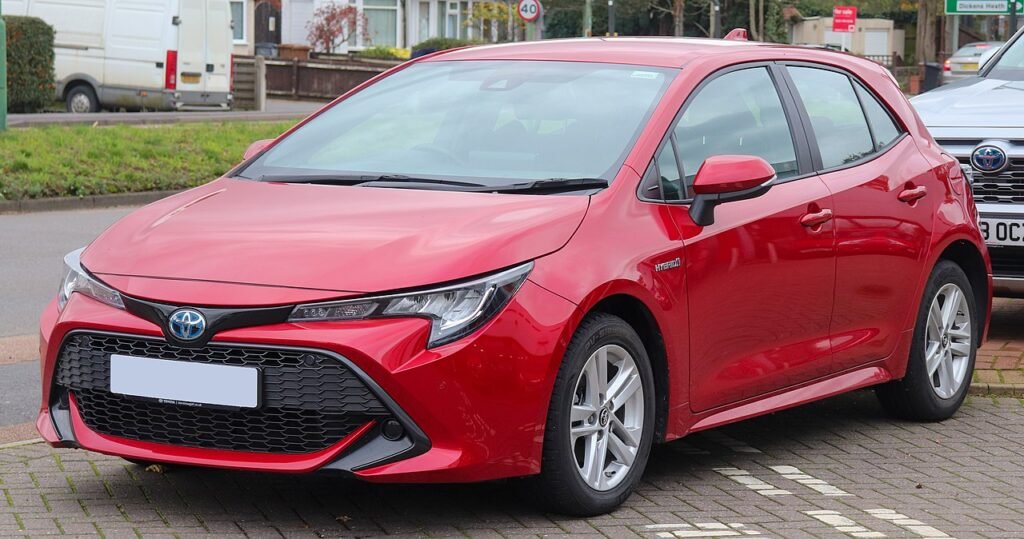
Table of Contents
Comparison Chart: Motorcycle Vs Motor Vehicle
| Aspect | Motorcycle | Motor Vehicle |
|---|---|---|
| Definition | Two-wheeled vehicle | Four-wheeled vehicle or more |
| Size | Smaller and lighter | Larger and heavier |
| Stability | Less stable, more prone to tipping | More stable |
| Maneuverability | Higher due to smaller size | Lower compared to motorcycles |
| Speed | Can be faster due to weight-to-power ratio | Typically lower than motorcycles |
| Capacity | Usually for 1 or 2 riders | Can accommodate more passengers |
| Protection | Less protection for riders, usually open | More protection with enclosed cabins |
| Licensing | May require specific motorcycle license | Typically covered under standard driver’s license |
| Usage | Often used for recreation or commuting | Used for various purposes including commuting, transportation, and cargo hauling |
| Fuel Efficiency | Generally more fuel-efficient | Typically less fuel-efficie |
Discussion: Motorcycle Versus Motor Vehicle
When we talk about getting from one place to another, two popular choices are motorcycles and motor vehicles. Each has its unique traits and history, distinguishing them from one another. Let’s zoom into the differences and trace their development.
Core Definitions
A motorcycle is a two-wheeled vehicle, typically driven by an engine. A person rides it with hands on the handlebars and feet on the footrests. Motorcycles are known for their agility and exposure to the elements.
A motor vehicle, contrastingly, generally refers to four-wheeled vehicles like cars and trucks. These offer more protection and carry more passengers and cargo. They require steering through a wheel and are larger in size.
| Motorcycle | Motor Vehicle |
|---|---|
| Two wheels | Four or more wheels |
| Open air | Enclosed cabin |
| Seats 1-2 | Seats 1-8 (or more) |
| Handles for steering | Steering wheel |
Historical Development
The first motorcycle was built in 1885, a rideable two-wheeled vehicle by Daimler and Maybach. This kick-started a new way to travel, focusing on speed and simplicity.
The first motor vehicle came just a few years before that. Carriages with engines were the start, leading to the modern car. Innovation has made these safe and comfortable for long journeys.
- The motorcycle evolved for individual travel.
- The motor vehicle developed for families and heavy-duty work.
Whether you choose the thrill of a motorcycle or the comfort of a motor car, understanding their differences enhances your knowledge and helps make a better choice on the road.
Also Read Looking For A Used Motorcycle?
Design And Structure
The aesthetics and framework define the uniqueness of each road companion. Motorcycles and motor vehicles exhibit distinct designs and structures, making each suitable for different purposes. Let’s dive into the anatomy of motorcycles and the components of motor vehicles to comprehend their characteristics.
Anatomy Of A Motorcycle
Motorcycles are engineered for agility and minimalism. Their anatomy is straightforward yet sophisticated in functionality. Typically, a motorcycle includes:
- Frame: The skeleton that holds everything together.
- Engine: The heart of the motorcycle, providing power.
- Wheels: Two wheels for balance and motion.
- Seat: For the rider’s comfort during travel.
- Handlebars: Allow the rider to steer and control the bike.
- Fuel Tank: Stores the gasoline for the engine.
- Braking System: For stopping and slowing down.
Components Of A Motor Vehicle
In contrast, motor vehicles such as cars are enclosed and carry more people or cargo. They have complex systems included in their design:
| Component | Description |
|---|---|
| Chassis | Framework supports the body of the car. |
| Engine | Provides more power for heavier loads. |
| Wheels | Typically, four for stability. |
| Seats | Designed for multiple passengers. |
| Steering System | For navigation and control. |
| Fuel Tank | Larger capacity for longer drives. |
| Safety Features | Includes airbags, seatbelts, and more. |
Laws And Regulations
It is important to know the rules for motorcycles and motor vehicles. Different laws apply. Safety and legal operation are the focus.
Motorcycle Licensing
Getting a motorcycle license differs from a regular driver’s license. Each state sets its own rules. Typically, a written test and a skills test are required.
- Age requirements vary by state.
- Educational courses might be mandatory.
- A separate endorsement may be added to a standard license.
- Wearing a helmet might be essential in certain states.
Motor Vehicle Compliance
Motors vehicles follow a standardized set of laws. These include emissions, safety standards, and periodic inspections.
| Requirement | Details |
|---|---|
| Emissions Testing | Environmental impact check. |
| Safety Inspections | Ensures vehicle meets safety norms. |
| Registration | Annual or biannual renewal needed. |
Specific equipment is mandatory, like seat belts and airbags. Proper documentation is critical for legal driving.
Performance And Usage
Performance and usage sheds light on the distinctions between motorcycles and motor vehicles. Each offers unique experiences. They suit different lifestyles and preferences.
Handling And Dynamics
Motorcycles exude an unmatched sense of freedom and agility. They pivot sharply, twist gracefully, and conquer turns with ease. Bikers often praise the thrill of synchronizing body and machine.
- Lightweight frames enable nimble movement
- Lower ground clearance offers greater stability in turns
- Direct contact with the road gives tactile feedback
Cars are more about comfort and stability.
- Heavier build provides smooth rides
- Advanced suspension systems absorb shocks
- Electronic aids assist in maintaining control
Intended Purposes
Every vehicle serves a purpose, tailored to its design.
| Motorcycles | Cars |
|---|---|
| Perfect for solo rides and quick commutes | Ideal for family trips and carrying cargo |
| Suited for sport racing and off-roading | Geared towards leisurely drives and long-distance travel |
| Economic in city traffic | Efficient on highways and rugged terrains |
Motorcycles speak to those seeking excitement. Cars focus on safety and convenience.
Safety And Risks
Discussing safety and risks reveals distinct differences between motorcycles and cars. A key factor is the exposure of the rider or driver to danger. Motorcycles often carry higher risk due to less physical protection. In contrast, motor vehicles come equipped with more advanced safety features to protect occupants.
Protective Measures For Riders
For motorcyclists, safety depends largely on personal gear. This includes:
- Helmets: Critical for head protection.
- Jackets and Pants: Made from tough materials to shield skin.
- Gloves: Protect hands during a fall.
- Boots: Secure ankles and feet.
Riders should also wear bright colors or reflective materials to be more visible.
Safety Features In Vehicles
Cars come with built-in safety systems not found on bikes, such as:
| Feature | Function |
|---|---|
| Seatbelts | Keeps passengers secure during impacts. |
| Airbags | Cushions the blow during collisions. |
| Anti-lock Brakes (ABS) | Prevents wheel lock-up during braking. |
| Electronic Stability Control (ESC) | Helps maintain control on slippery roads. |
Drivers benefit from the car’s structural protection, which is a hard shell that shields them from impacts.
Cultural Impact
The culture around how we travel tells stories of personal freedom, status and community. The roar of an engine can symbolize more than just a journey; it’s often a personal statement. Within the vibrant mosaic of movement, motorcycles and motor vehicles occupy different lanes of cultural influence.
Motorcycles As Lifestyle Symbols
Motorcycles evoke a spirit of adventure. They represent a boldness that’s woven into pop culture. Films and literature often frame motorcycles as the choice for the daring and the free-spirited. The imagery of a rider and their bike against the horizon is iconic.
- Rallying and clubs: Motorcycles inspire gatherings and communities. Sturgis and Daytona Beach become annual meccas for enthusiasts.
- Customization: Riders often tailor bikes to their unique style. This personal touch turns motorcycles into moving art pieces.
- Fashion: Leather jackets and boots transcend function. They become symbols of a rider’s identity.
Cars And Society
Cars are not just transport; they’re part of the social fabric. In many places, cars represent status, achievement, and even family.
| Aspect | Impact on Society |
|---|---|
| Family trips | Cars facilitate shared experiences, fostering bonds and memories. |
| Urban planning | Cities often grow around car usage, affecting daily life and the environment. |
| Economic status | The make and model of a car can reflect personal wealth and taste. |
From weekdays to weekends, cars are interwoven with routine and leisure. Drive-ins, road trips, and the morning commute all play their part in a larger societal tapestry.
FAQ
What Distinguishes Motorcycles From Motor Vehicles?
Motorcycles are two-wheeled vehicles designed for agility and maneuverability, often accommodating one or two riders. Motor vehicles typically refer to four-wheeled automobiles, offering greater stability, enclosed spaces, and capacity for passengers and cargo.
Are Licensing Requirements Different For Motorcycles?
Yes, licensing requirements for motorcycles often include a specific endorsement or separate motorcycle license. Riders must pass additional tests focused on the unique skills needed for motorcycle operation, which differ from standard driver’s license requirements.
What Safety Features Vary Between Motorcycles And Cars?
Motorcycles lack the protective structure that cars have, exposing riders to the elements and greater risk in crashes. Cars come with seatbelts, airbags, and a reinforced frame known as a safety cell, designed to safeguard passengers.
How Does Fuel Efficiency Compare Between Motorcycles And Motor Vehicles?
Generally, motorcycles are more fuel-efficient than cars due to their lighter weight and smaller engines. However, the exact efficiency can vary greatly depending on the motorcycle model and vehicle type.
Bottom Line
Knowledge of the difference between motorcycles and motor vehicles unlocks a clearer understanding of their unique characteristics. These differences empower riders and drivers to make informed decisions. Whether you crave the thrill of two wheels or the comfort of four, respect for each machine’s distinct features ensures a safer, more enjoyable journey on the open road.
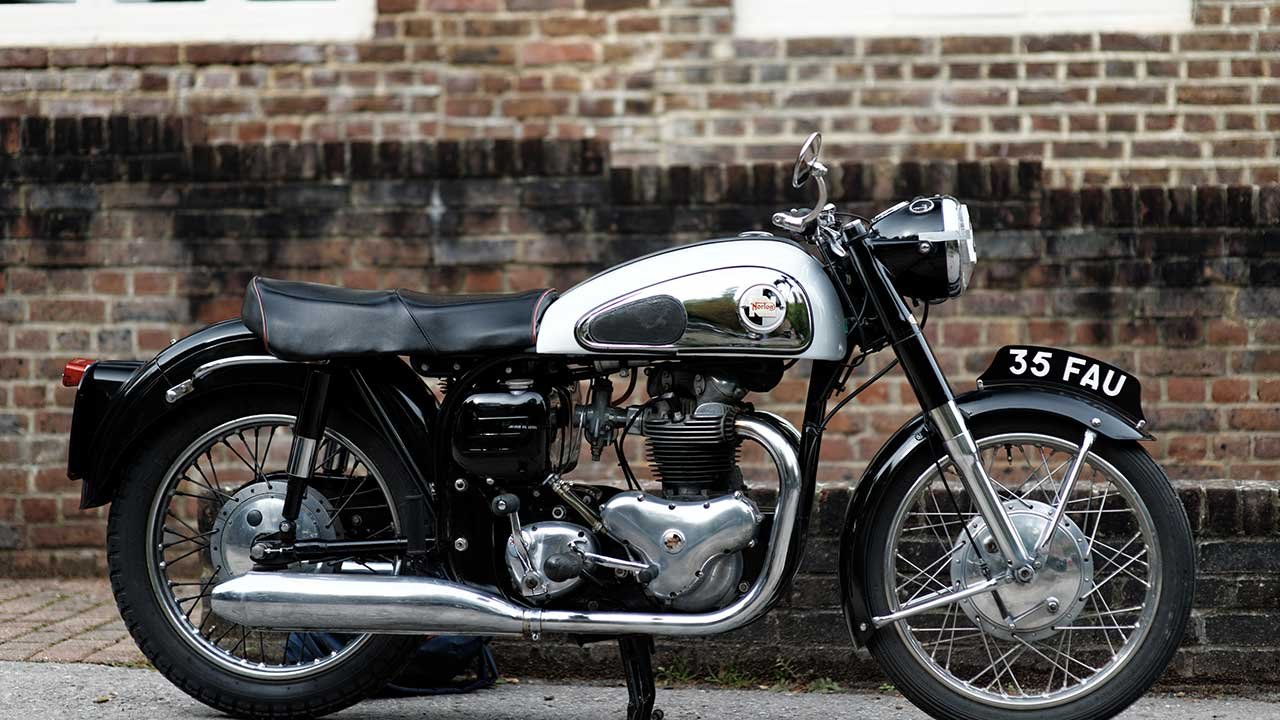
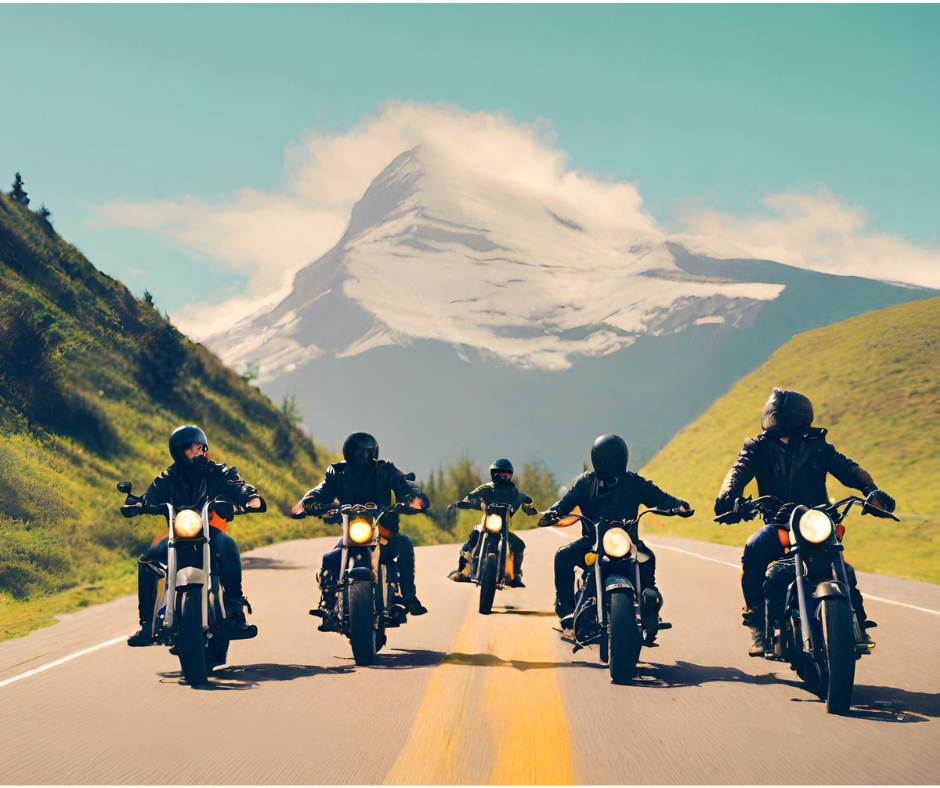
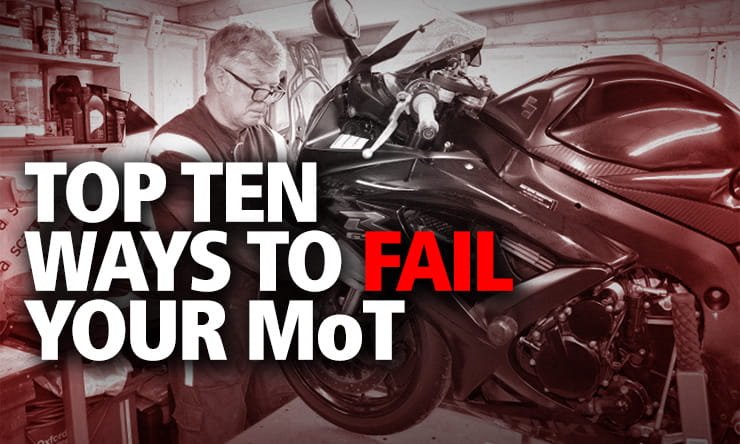
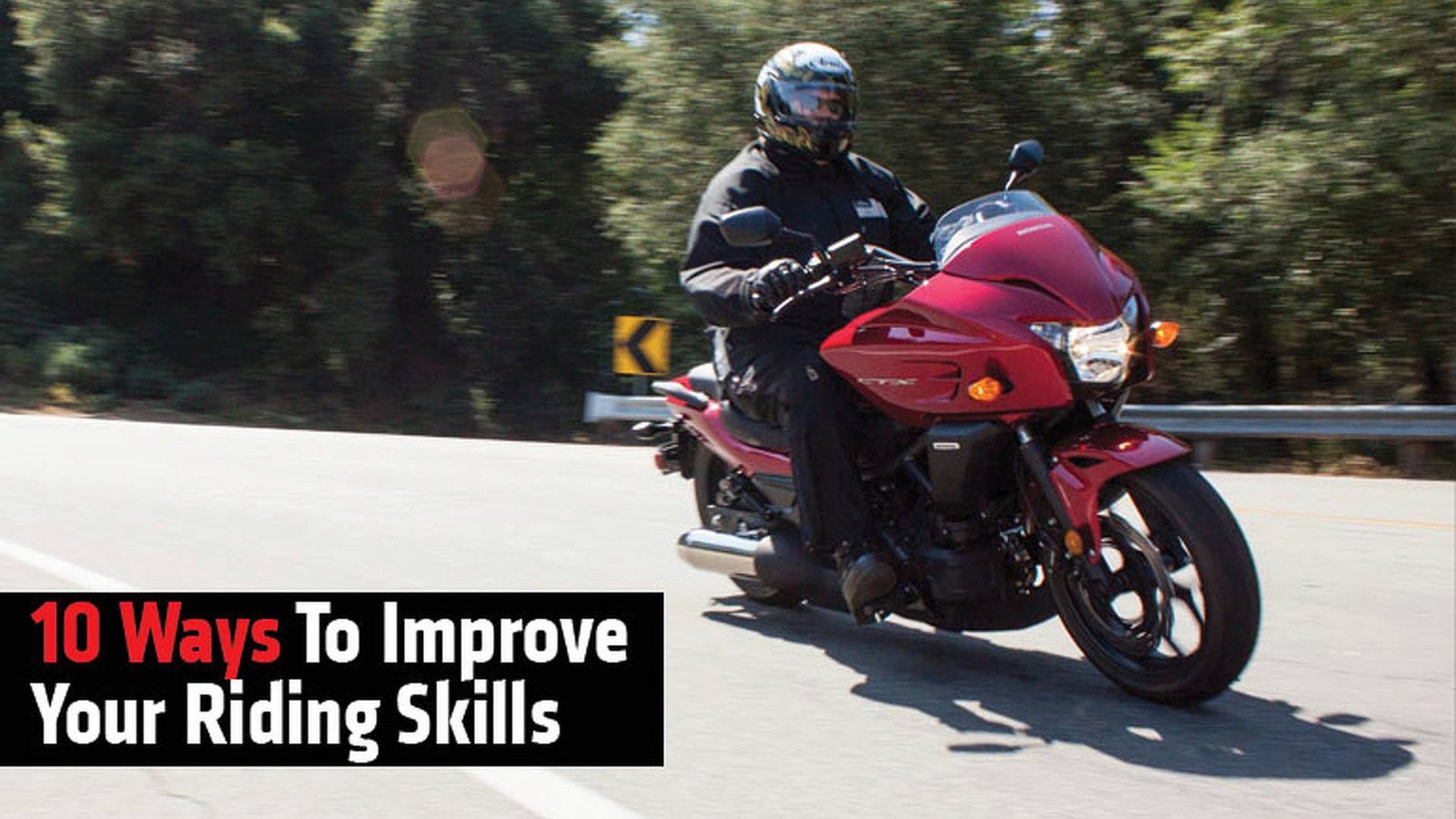
Leave a Reply